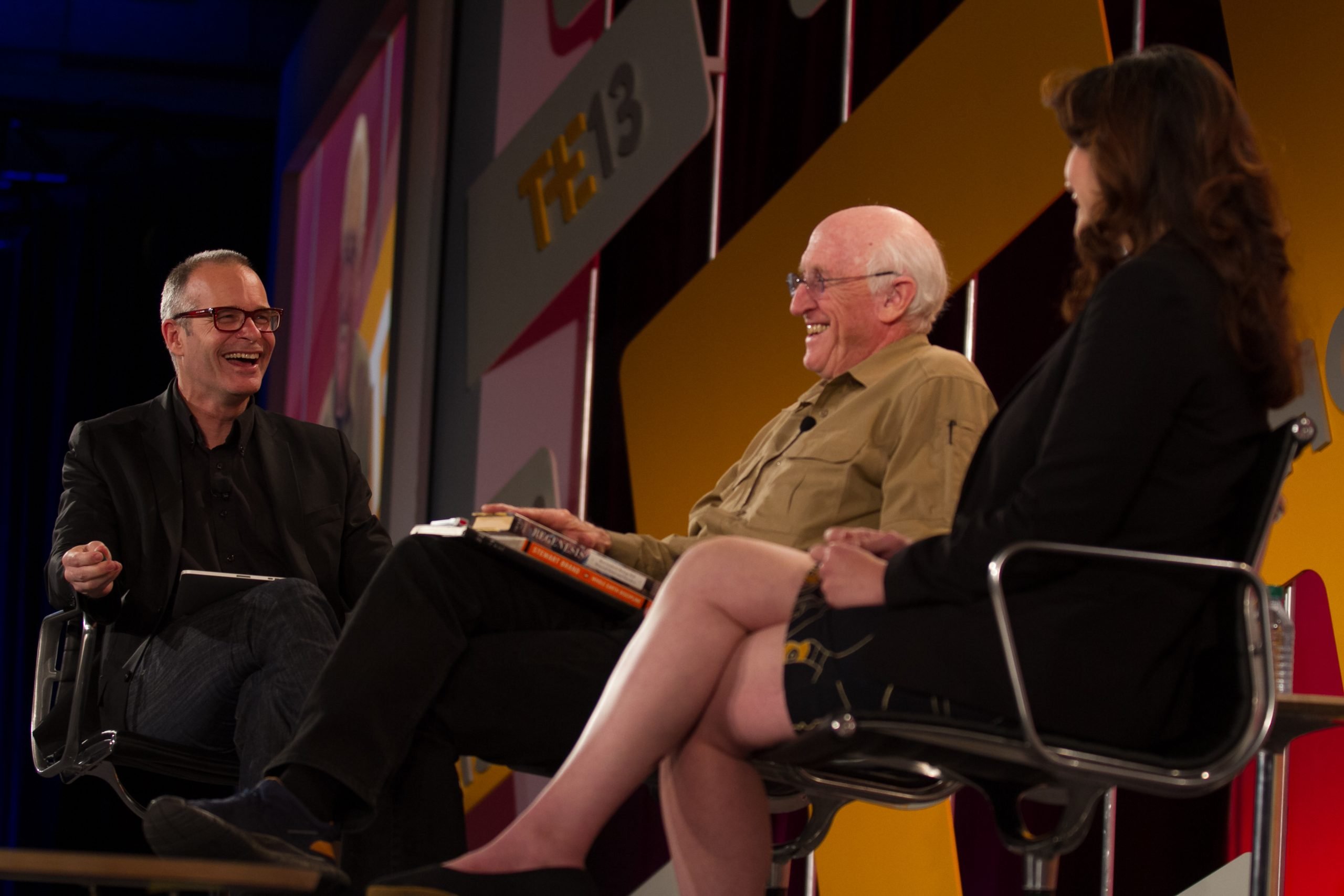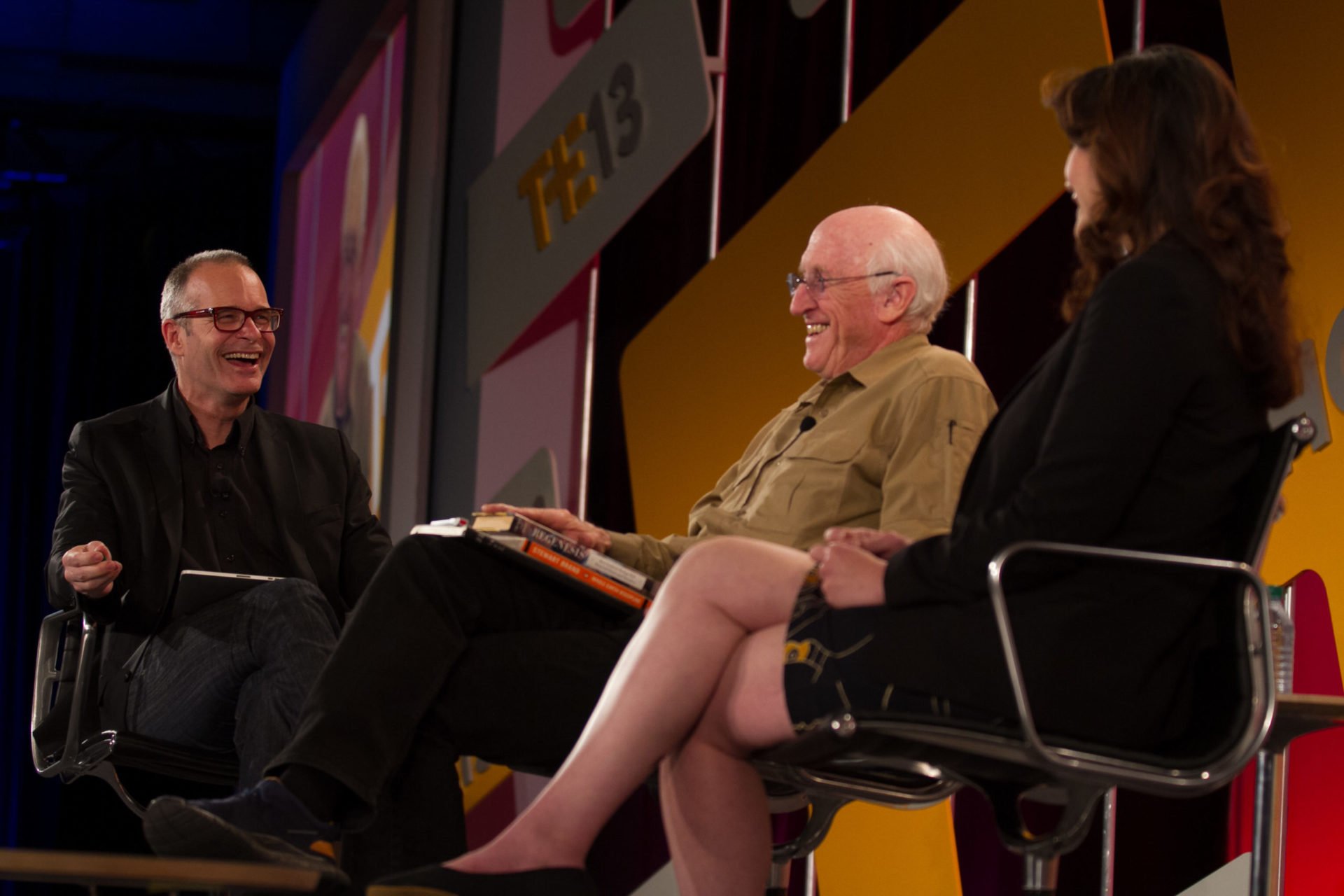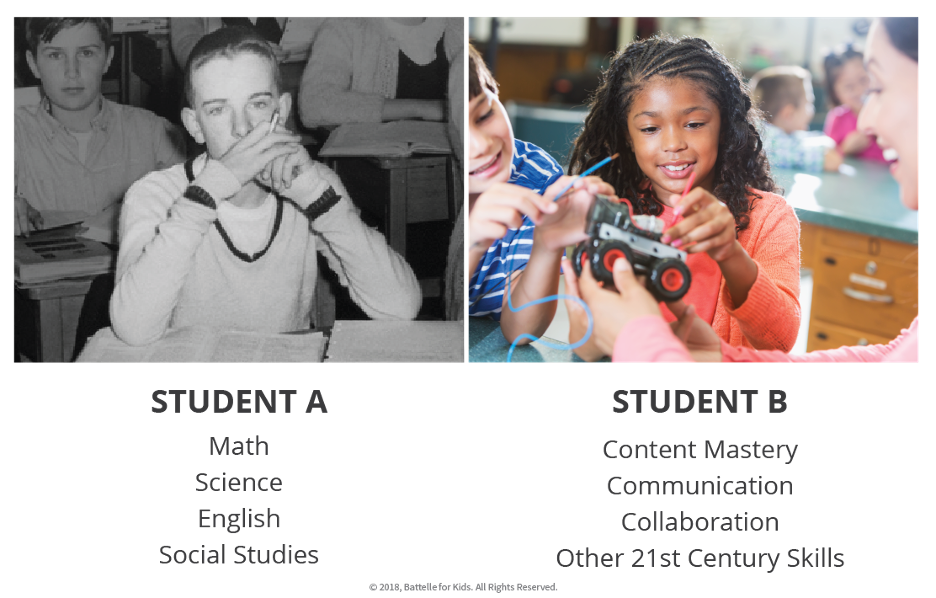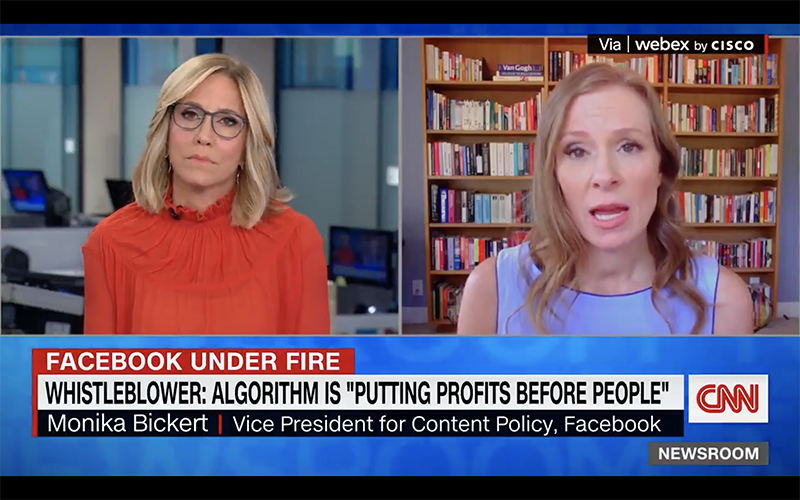Every week we spotlight techonomic happenings on the Web and beyond, picking people, companies, and trends that exemplify tech’s ever-growing role in business and society. Here’s what’s got our attention.
1. The Inefficiency Bunker

It’s housed 230 feet underground in an old mine in rural Pennsylvania. The official government paperwork it processes follows a long and winding procedure that takes more than three months to complete. And despite all of today’s advanced computing technology, its operations rely on physical paper records and manual data entry. This is the Office of Personnel Management, which The Washington Post calls “one of the weirdest workplaces in the U.S. government.”
The subject of the Post’s first article in a series examining federal system failures, the Office of Personnel Management is the department that processes the retirement papers of government employees. From the time the office receives a retiree’s papers to the time it issues a retirement check, the process takes about 61 days. That’s not a day less than it took back in 1977. ”The need for automation was clear—in 1981,” James W. Morrison Jr., office overseer under President Ronald Reagan, told the Post.
Now, in 2014, we’re still waiting for a solution. As the office’s processes of information intake and storage remain decades outdated—sometimes as archaic and counterintuitive as moving files from digital storage to paper printouts—its employees are struggling to keep up and make do. It’s a prime example of our government’s bureaucratic flaws and the urgent need for reform. Because if we’re using tech to design driverless cars, build 3D printers, and connect everything to everything else, we should be able to apply it to something as simple as organizing our paperwork—if only we can cut through all the red tape.
2. NYU Scientists Lead Synthetic Chromosome Breakthrough
Another huge milestone has been reached in synthetic biology. Scientists have created a working chromosome and inserted it into a living cell. The cell continued to act normally—what scientists consider a key measure of success. While chromosomes have already been created for bacteria, accomplishing the feat with a brewer’s yeast cell, a more complex organism, is a major accomplishment. Jeff Boeke, director of NYU’s Institute for System’s Genetics and the leader of the research team, was quoted as saying, “We have made of 50,000 changes to the DNA code in the chromosome and our yeast is still alive. That is remarkable… It is the most extensively altered chromosome ever built.” The potential efficiencies created by these synthetic strains of yeast open doors to remarkable medical and biofuel opportunities, to name just a couple.
3. These Companies Are Giving Virtual Workers a Home
 Last year we profiled Web engineering company 10up (which developed this website). Aside from its near-fanatical devotion to all things WordPress, one of the hallmarks of 10up is that it’s a distributed company—its 60-plus full-time developers and project managers live and work all over the country. That model is catching on, with “virtual” companies becoming more and more common in the tech sector. Some, like Mozilla, Basecamp, and Upworthy, are fast-growing software or media companies. Others are developers, marketers, digital designers, or online learning platforms. “Web based” best describes all of the companies that made a list compiled by job search site FlexJobs (which has the distinction of appearing on its own list), but each blend offline and online collaboration in different ways and to varying degrees. A recent New York Magazine profile of Upworthy illustrates that although the company invites its workforce to “work from home, from a coffee shop, from a coworking space—anywhere with good enough Internet to do a Google Hangout,” the leadership team convenes regular in-person strategy meetings. Footwear is optional.
Last year we profiled Web engineering company 10up (which developed this website). Aside from its near-fanatical devotion to all things WordPress, one of the hallmarks of 10up is that it’s a distributed company—its 60-plus full-time developers and project managers live and work all over the country. That model is catching on, with “virtual” companies becoming more and more common in the tech sector. Some, like Mozilla, Basecamp, and Upworthy, are fast-growing software or media companies. Others are developers, marketers, digital designers, or online learning platforms. “Web based” best describes all of the companies that made a list compiled by job search site FlexJobs (which has the distinction of appearing on its own list), but each blend offline and online collaboration in different ways and to varying degrees. A recent New York Magazine profile of Upworthy illustrates that although the company invites its workforce to “work from home, from a coffee shop, from a coworking space—anywhere with good enough Internet to do a Google Hangout,” the leadership team convenes regular in-person strategy meetings. Footwear is optional.
4. Using Software to Program the Building Blocks of Life

“What’s beautiful about software is that it makes complex jobs easy,” opines Andrew Hessel, a distinguished researcher at Autodesk, the software company best known for the design software, AutoCAD. What’s really beautiful about what Hessel and others at Autodesk are working on is what they’re building new design tools for—life itself. Hessel, who spoke at Techonomy’s November conferences in 2011 and 2013, sees the work Autodesk is involved in as a way to create greater access to the burgeoning field of synthetic biology and, along the way, turbocharge fields like energy and food production, manufacturing, and hopefully developing personalized, genetic-level tools for fighting, maybe even curing, things like cancer. The work underway at Autodesk would, in essence, allow synthetic biologists to create and program genetic sequences and, in turn, living organisms, much in the same way engineers now program computer code. As tech and biology become more intertwined, these new fields of research, design and fabrication open more and more doors to what’s possible, reimagining applications, tools and treatments for challenges that have bedeviled humanity for far too long.
5. From Messaging to Gaming, Mark Zuckerberg Is Buying
Just five weeks after acquiring mobile messaging app WhatsApp (for a whopping $19 billion), Facebook announced it plans to buy Oculus, the virtual reality headset startup that’s been the talk of the town—the gaming town, that is—even though it has yet to send a single product to market. The $2 billion buyout includes 23.1 million shares of Facebook stock and $400 million in cash.
Techonomy CEO and Bloomberg contributing editor David Kirkpatrick appeared on Bloomberg Surveillance Wednesday to talk about Facebook’s objectives in acquiring Oculus, both now and in the future. “They can win with this purchase,” Kirkpatrick said, adding that Oculus can help Facebook achieve its short-term goal of building a stronger gaming platform. “The long-term vision is to basically create a new platform that could in effect even compete with Facebook as we know it today as a platform for interaction.”
While Zuckerberg’s growing arsenal of acquisitions continues to draw criticism, Kirkpatrick believes the young CEO will be able to manage them—and with tact. “Look at the results. He has a company with 1.2 billion users in 10 years,” Kirkpatrick said. “How much can you really cavil about that?”
Techonomic Top 5: Federal Inefficiency, Chromosome Breakthrough, Virtual Employers, and More
Every week we spotlight techonomic happenings on the Web and beyond, picking people, companies, and trends that exemplify tech’s ever-growing role in business and society. Here’s what’s got our attention.














